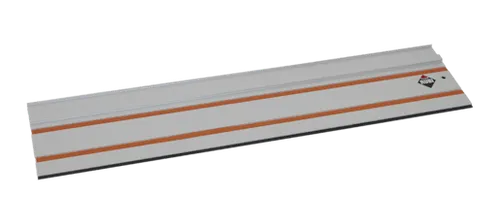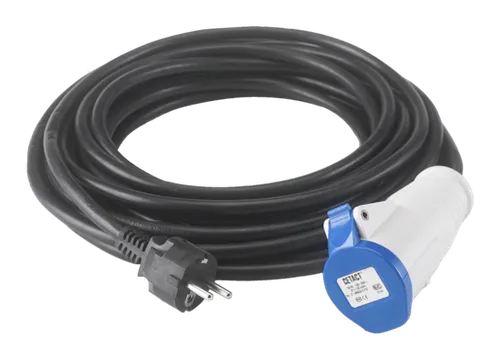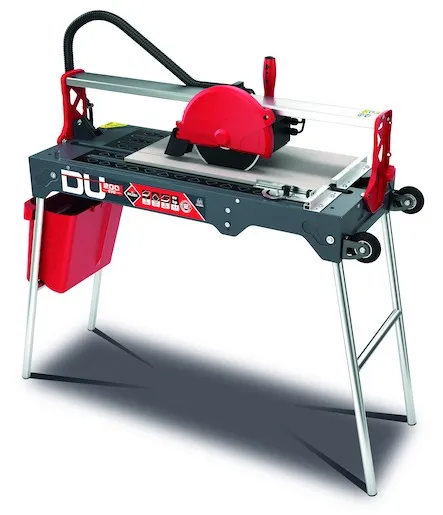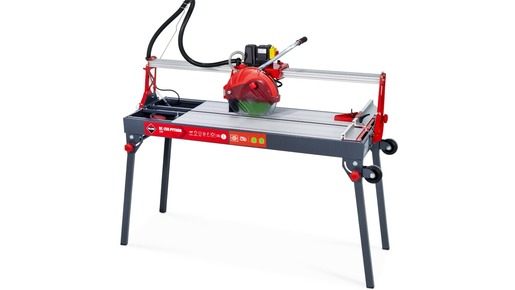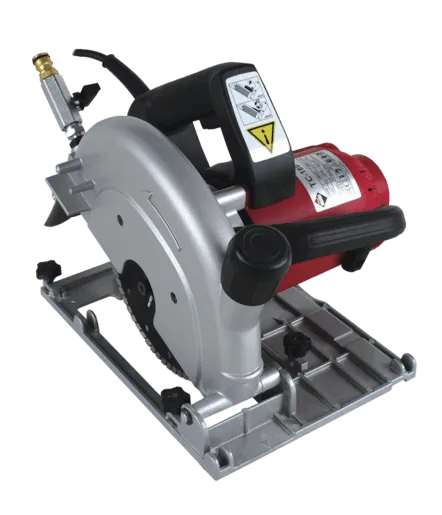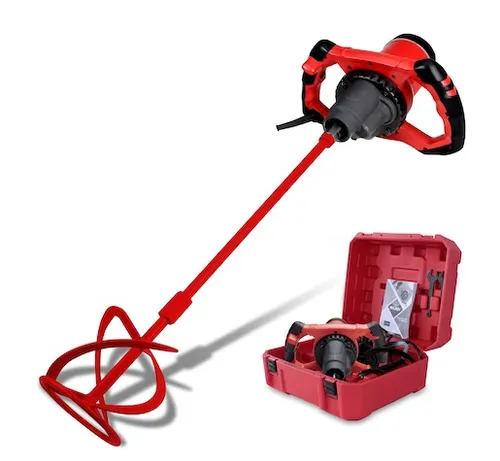Saws are essential tools in the hardware and construction industry, designed to cut through various materials such as wood, metal, plastic, and more. They cater to a wide range of users, from professional carpenters and builders to DIY enthusiasts and hobbyists. Understanding the different types of saws and their specific applications is crucial for anyone looking to undertake a project that requires precision cutting.
When selecting a saw, several key factors should be considered to ensure you choose the right tool for your needs. First, think about the type of material you will be cutting. For instance, a hand saw is ideal for simple wood projects, while a circular saw is better suited for larger cuts in thicker materials. Additionally, consider the saw's blade type and size, as these will significantly impact the quality and efficiency of your cuts. Blades made from high-carbon steel or carbide-tipped materials tend to offer better durability and longevity.
Another important parameter is the saw's power source. Manual saws, such as hacksaws and hand saws, require physical effort but provide greater control for intricate cuts. On the other hand, electric saws, including jigsaws and table saws, offer speed and efficiency, making them suitable for larger projects. However, they may require more maintenance and safety precautions due to their power.
Each type of saw comes with its own set of advantages and disadvantages. For example, while a miter saw is excellent for making precise angled cuts, it may not be the best choice for cutting large sheets of plywood. Similarly, a reciprocating saw is versatile for demolition work but may not provide the clean cuts needed for fine woodworking. Understanding these nuances will help you select the right saw for your specific tasks.
To maximize the performance and lifespan of your saw, proper maintenance is essential. Regularly check the blade for dullness or damage, and replace it as needed to ensure clean cuts. Keeping the saw clean and free from debris will also enhance its efficiency. For electric saws, ensure that the motor and electrical components are in good condition, and follow the manufacturer's guidelines for maintenance.
When using a saw, always prioritize safety. Wear appropriate protective gear, such as safety goggles and gloves, to prevent injuries. Familiarize yourself with the saw's operation and features before starting your project. For instance, understanding how to adjust the cutting depth or angle can significantly improve your results.
To get the most out of your saw, consider combining it with other tools. For example, using a clamp can secure your workpiece, allowing for more accurate cuts. Additionally, having a good quality measuring tape and square on hand will help ensure that your cuts are precise and aligned correctly.
In conclusion, selecting the right saw involves understanding your specific cutting needs, the materials you will be working with, and the various features available in different saw types. By considering these factors and following practical tips for maintenance and safety, you can enhance your woodworking or construction projects significantly. Whether you are a seasoned professional or a beginner, investing time in choosing the right saw will pay off in the quality of your work and the efficiency of your projects.
show more text


